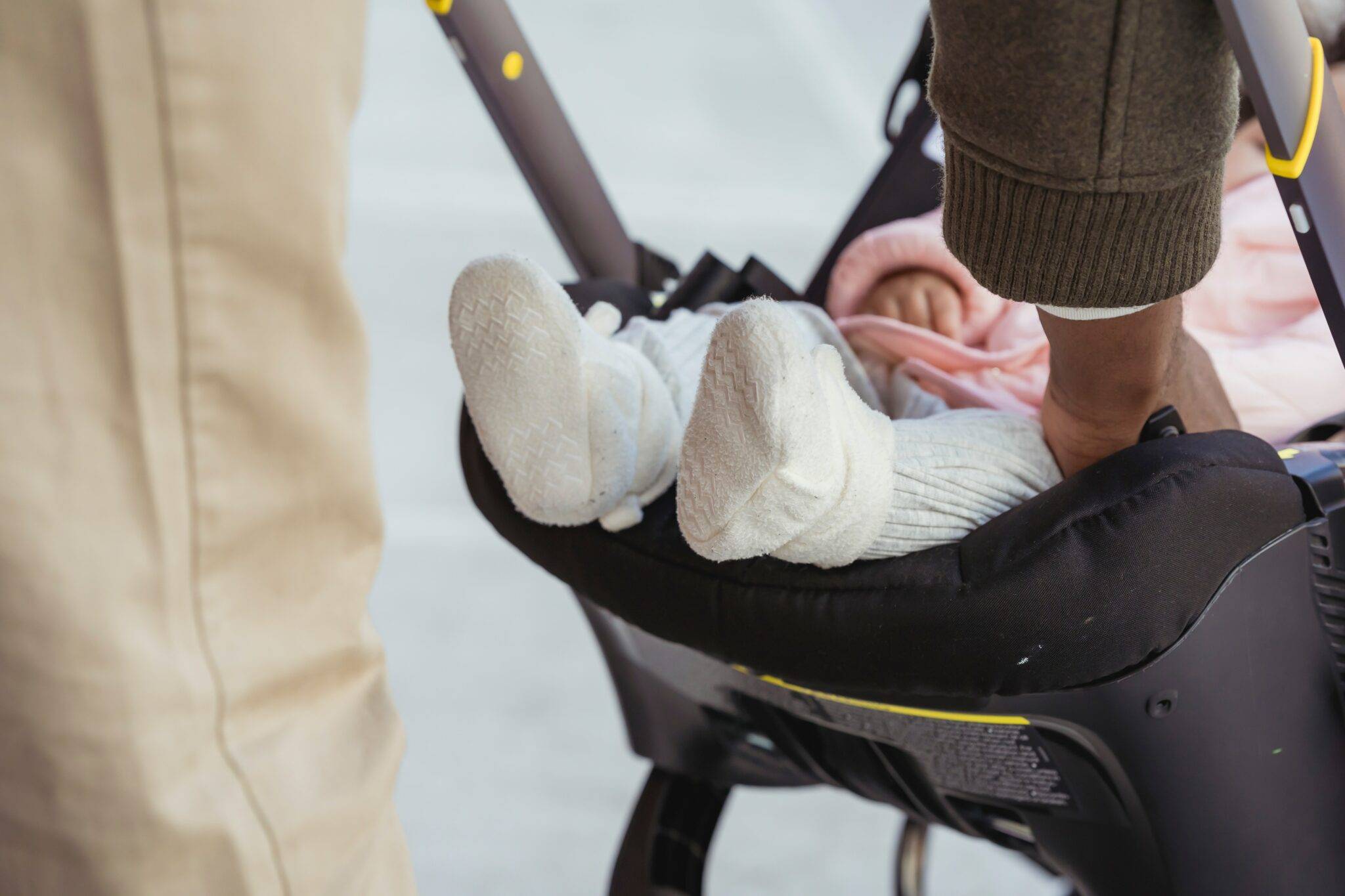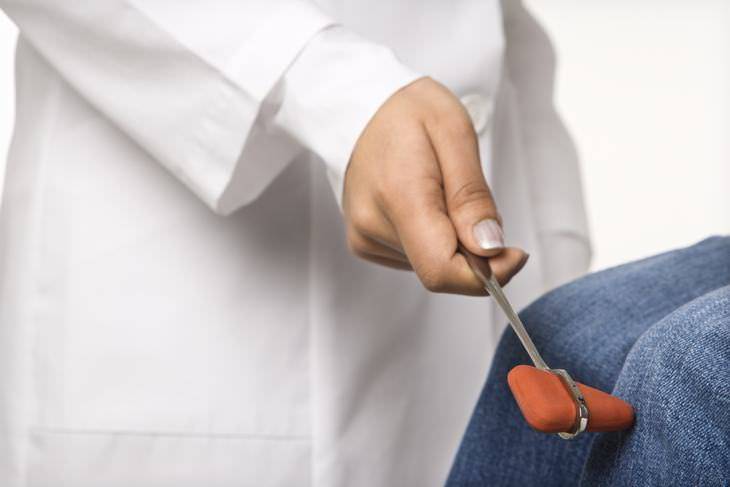Newborn baby circumcision involves the excision of the foreskin that covers the head of the penis. Since the procedure is surgical in nature, complications, and potential risks can’t be discounted.
In this post, we aim to delve deeper into what happens during infant circumcision surgery. The discussion covers the whole process, from the preparations, during, and the post-circumcision care as well.
In our aim to give parents a comprehensive understanding of newborn circumcision, this post hopes to give a better comprehension of the procedure itself, and how it could help in the decision-making journey of parents.
A Brief Background of Infant Circumcision

For many centuries, various civilizations such as the Egyptians, Greeks, and Hebrews have adopted circumcision as a significant cultural practice. It symbolizes an individual’s religious or communal identity or demonstrates social status. In some cultures, it’s a rite of passage.
Infant circumcision held different meanings and purposes for different societies. This includes hygiene, initiation into manhood, or a sacrifice to the gods. One example is a tradition in Judaism, which is called Brit Milah.
The circumcision operation is done on the infant’s eighth day, marking a covenant with God in relation to Abraham in the Bible. In some Islamic traditions, male circumcision, known as khitan, is seen as a religious obligation and practiced following the Prophet Muhammad.
In contemporary times, newborn circumcision goes beyond cultural and religious contexts. Within the medical community, there have been debates surrounding the benefits and drawbacks despite studies suggesting its potential to reduce the risk of certain ailments.
Some groups argue that the potential health benefits are limited and can be managed through other ways, like maintaining good hygiene and practicing safe sex.
Lately, there’s been a decline in infant circumcision, mainly attributed to the changing views of society and a shift in beliefs. There’s now a stronger emphasis on personal choice and bodily integrity. Parents are more informed before making a decision.
Medical professionals, such as the Omega Pediatrics team, provide comprehensive information to assist parents in making an informed choice.
The Circumcision Procedure
Have a closer look at what exactly happens before, during, and after infant circumcision. With a qualified and experienced medical practitioner, parents are guaranteed safe surgery for their little ones. Let’s proceed!
Preparation:
- The baby is placed on a padded surface or in a specialized circumcision chair. Velcro bands may be used as restraints for the hands and legs. This enables the healthcare provider to work on the genital area which is the circumcision site.
- The healthcare provider maintains a sterile environment by wearing gloves and using disinfected instruments.
- With cotton balls or soft cloth, the baby’s genital area is cleaned and prepared for the procedure.
Anesthesia:
- To minimize discomfort and pain for the baby, the healthcare provider administers local anesthesia to numb the area.
- Topical anesthesia in the form of a cream or injectables may be used.
Procedure:
- The healthcare provider gently separates the foreskin from the glans or the head of the penis.
- Using a scalpel or a specialized circumcision device, the healthcare provider carefully cuts around the foreskin in a circular motion.
- The foreskin is then removed, and any excess bleeding is controlled using sterile techniques like cauterization.
- A plastic ring or clamp is placed over the penis to protect the glans and aid in healing.
Post-Procedure Care:
- The baby’s genital area is cleaned. A dab of ointment is applied over the tip of the penis and covered with a gauze dressing. The ointment serves as a lubricant and antiseptic while the dressing is a protective covering to aid the healing process.
- The healthcare provider undertakes a post-surgical routine to ensure the baby is cleared after the procedure. Ensures all medical records are in place.
- The baby is cleared for discharge and ready to take home. The healthcare provider gives step-by-step instructions to the parent on how to care for the wound since after-care will be at home.
- It’s important to monitor for signs of infection such as increased swelling. Consult a healthcare professional if necessary.
- The baby may experience discomfort and irritation but this should be temporary and diminishes for a few days after the circumcision. The healing process typically takes about one to two weeks.
Medical Benefits of Infant Circumcision
Lowering the Risk of Urinary Tract Infections
Research demonstrated that circumcised infants have a lower risk of developing UTIs than uncircumcised ones. UTIs can cause complications and potential kidney damage.
Lowering the Risk of Sexually Transmitted Infections
Reducing the surface area susceptible to harboring bacteria and viruses via removal of the foreskin has been discovered to lower the possibility of contracting particular STIs. These include herpes, HIV, and human papillomavirus.
Decreased Risk of Penile Problems
Circumcision prevents certain penile conditions such as phimosis and balanitis. These conditions cause difficulty in urinating, discomfort, and potential complications if left untreated.
Easier Hygiene
Without the foreskin, cleaning the penis becomes simpler. Proper hygiene reduces the risk of bacterial growth and infections, promoting better overall genital health.
Potential Reduction in Risk of Prostate Cancer
Additional research is necessary to confirm the connection, but some research proposes that circumcision could potentially lower the chances of contracting prostate cancer later in life.
Cultural and Social Reasons
Circumcision holds significant social as well as cultural importance in specific cultures and communities.
Infant circumcision is a choice that is determined by the parents. Consulting with healthcare professionals to assess the probable advantages and risks is essential.
Risks and Considerations of Infant Circumcision
Circumcision is a surgical procedure that is widely practiced, but it has inherent risks. Bleeding, infection, and negative reactions to anesthesia are all possibilities. Despite these, the chances of developing complications are low.
To lessen the risk of infection and encourage proper healing, healthcare providers furnish patients with thorough post-surgical care instructions.
Parents consider various aspects before opting for circumcision. Among the factors, the medical advantages are the main reasons for selecting the procedure. The data covering these advantages remain indecisive, and the potential risks are typically minimal.
Cultural or religious beliefs play a significant role in the decision-making process. Families choose circumcision to align with their cultural or religious traditions. There are groups that allow children to make decisions once they reach a particular age.
Parents need to have open discussions with their healthcare providers. They take this opportunity to ask questions, seek reliable information, as well as consider the potential benefits and risks.
Nonetheless, the decision should depend on what the parents believe is in the best interest of their child. Thus, considering both medical evidence and personal beliefs.
Cultural and Religious Considerations
The decision to circumcise a newborn is often influenced by cultural and religious customs. It serves as a milestone that signifies the baby’s inclusion within the community or represents a fundamental facet of cultural heritage.
For instance, circumcision holds religious importance for Jewish families. It is a bond between God and their community and is performed on the 8th day after birth. Among African and Islamic cultures, it’s a cultural practice during infancy or adolescence.
Newborn circumcision is supported by various reasons, with the most significant being hygiene. The removal of the foreskin makes penis cleaning an easier process, hence minimizing the risk of infections or other problems later in life.
Medical experts are divided on the efficacy of circumcision on the likelihood of sexually transmitted diseases. Those who support claim that such can significantly lower the chances of infection. While still, others argue that further research is needed.
Alternatively, critics argue that circumcision is unnecessary since it hinders the child’s capacity to control their body which leads to discomfort and adverse effects. They maintain that it should be deferred until the child is mature enough to make an educated decision.
Some argue that implementing good hygiene habits and engaging in safe sexual behavior can provide comparable advantages, including a decreased likelihood of infectious diseases and sexually transmitted infections.

Parental Decision-Making
Apart from religious and cultural beliefs, family traditions also shape parents’ choices. Modern-day trends give the choice to the child himself. A few parents put off or evade the operation during infancy, thus, leaving the decision to their children in the future.
The parents give their children the authority to decide for themselves, whether or not to undergo circumcision, typically during the early teen years. This alternative stresses physical self-determination and every person’s entitlement to decide for their own body.
Conversely, parents should be aware of the risks of circumcision before deciding. Consult with medical specialists, consider the evidence presented, as well as weigh the pertinent medical, cultural, or personal aspects.
Open and honest discussions of parents with healthcare professionals are beneficial to arrive at an optimal choice for their child. Deciding whether to circumcise a newborn baby is complex that demands evaluation and respect for individual beliefs and values.
Newborn Circumcision is a Safe Surgery
Newborn baby circumcision is a surgical procedure that comes with its associated risks and other considerations. Nevertheless, it should be done by a qualified and experienced medical practitioner to ensure your child’s safety throughout the process.
Post-circumcision care is the most important phase since it’s the recovery period for your baby. It’s crucial that parents comply with the doctor’s step-by-step instructions to ensure the baby gets through the healing period safely and comfortably.
We at Omega Pediatrics perform infant circumcision as one of our basic offerings. We pride ourselves in upholding the highest standards of our medical practice, particularly in conducting a safe, respectful, and thorough surgery for your baby boy.
Rest assured, we take utmost care of your little one, from pre- to post-surgical care of infant circumcision. Your baby’s safety and well-being are our topmost concerns.



